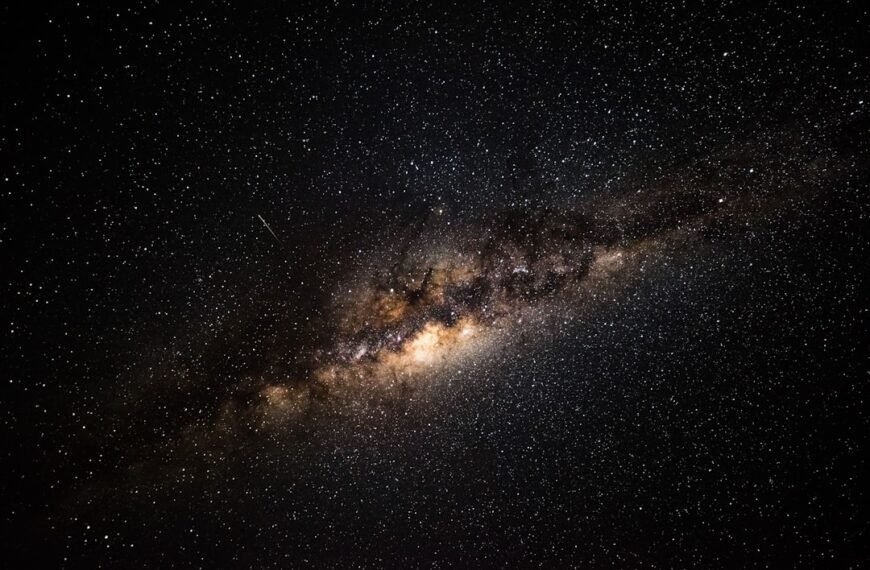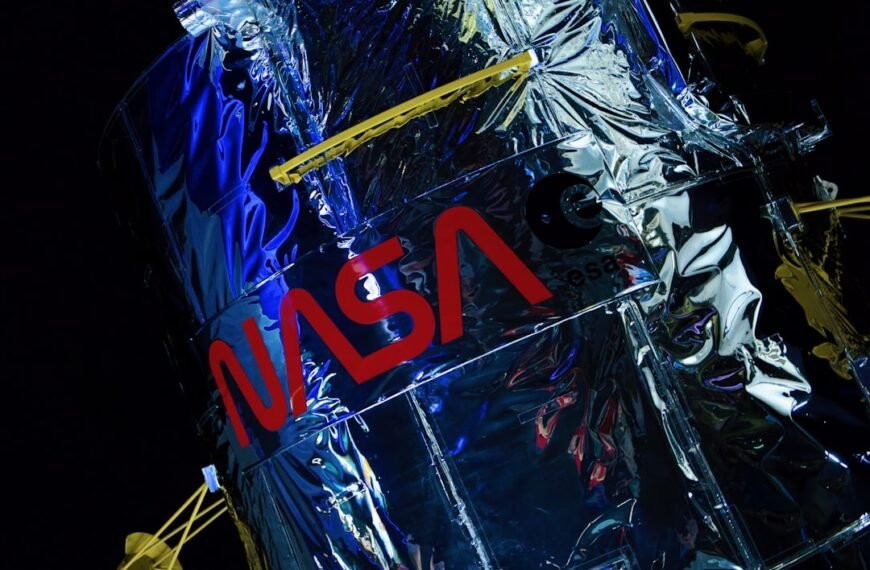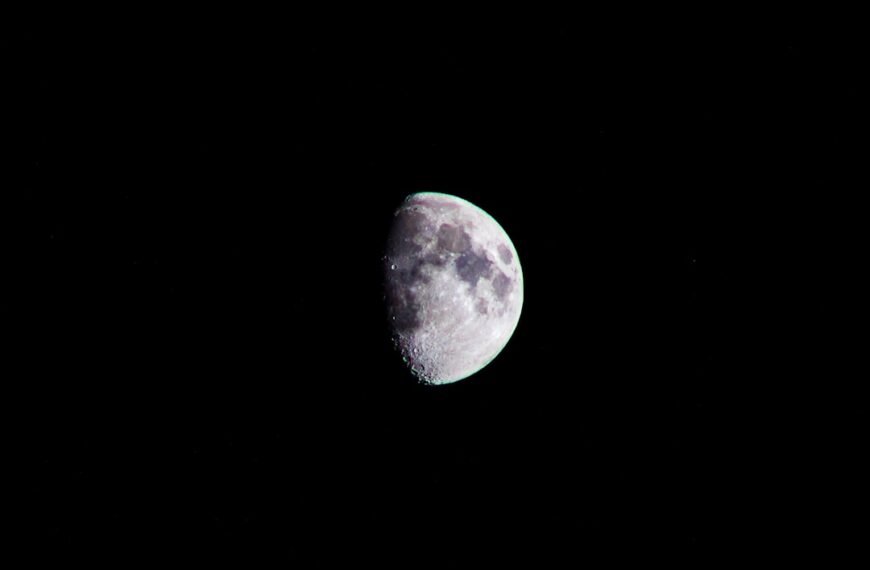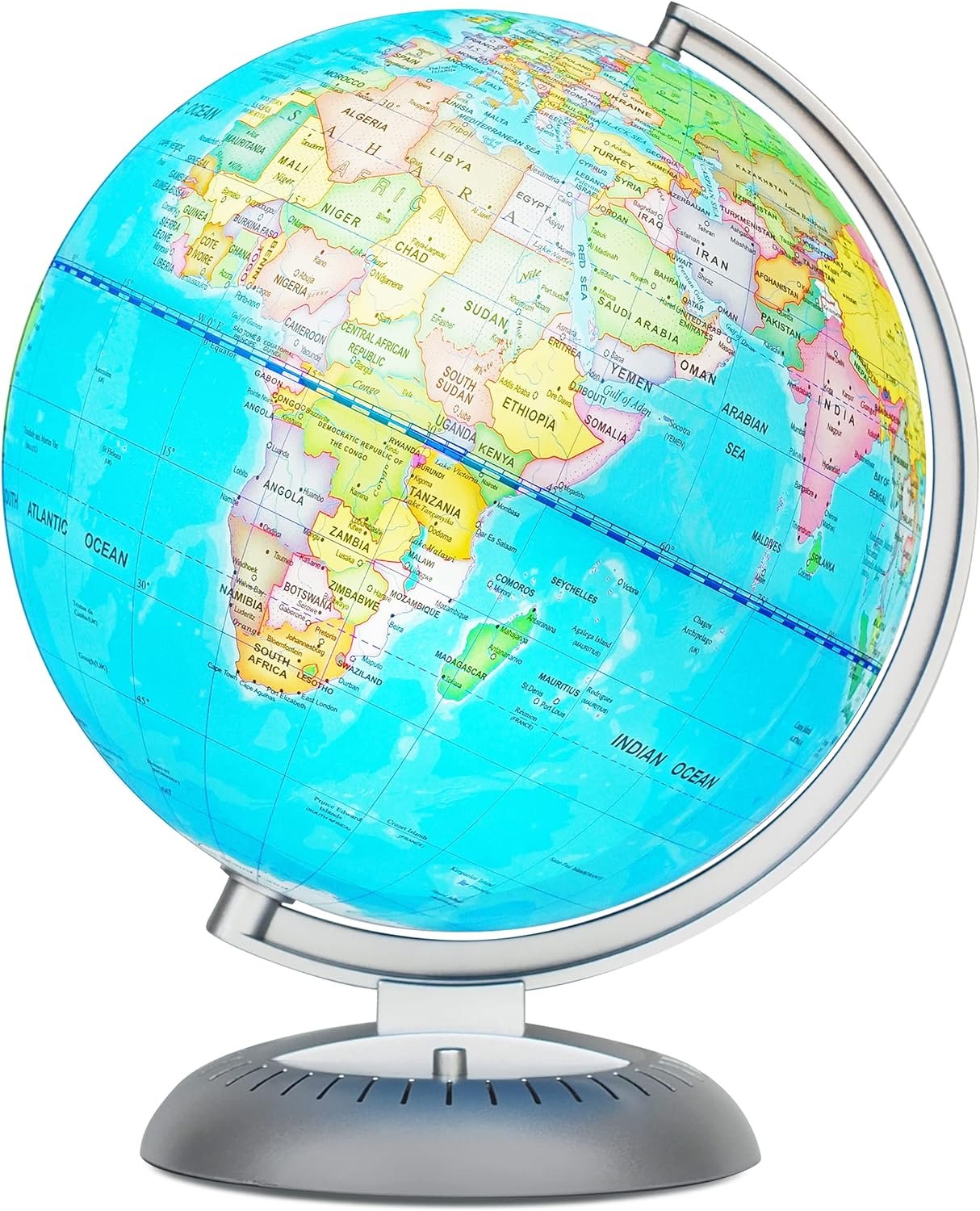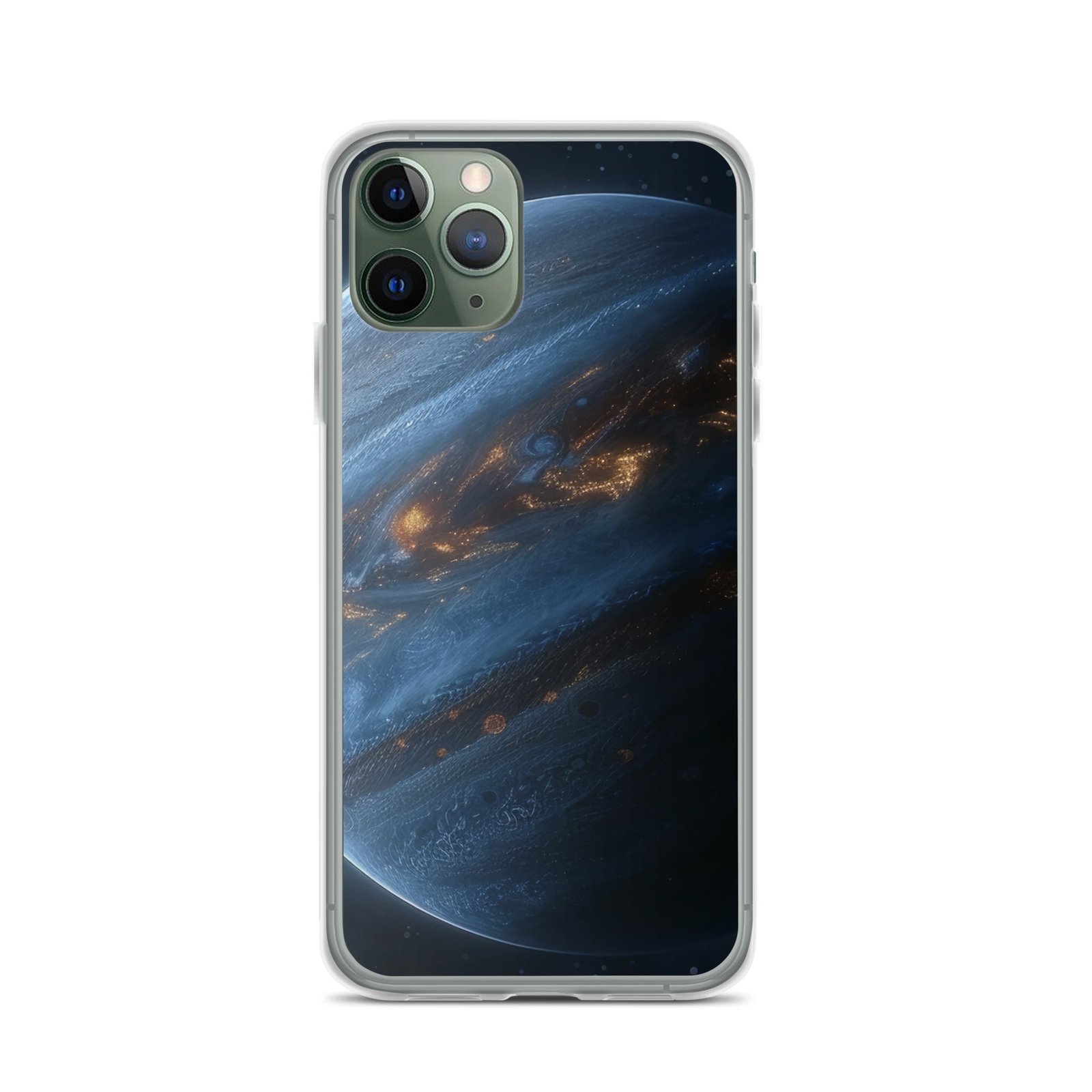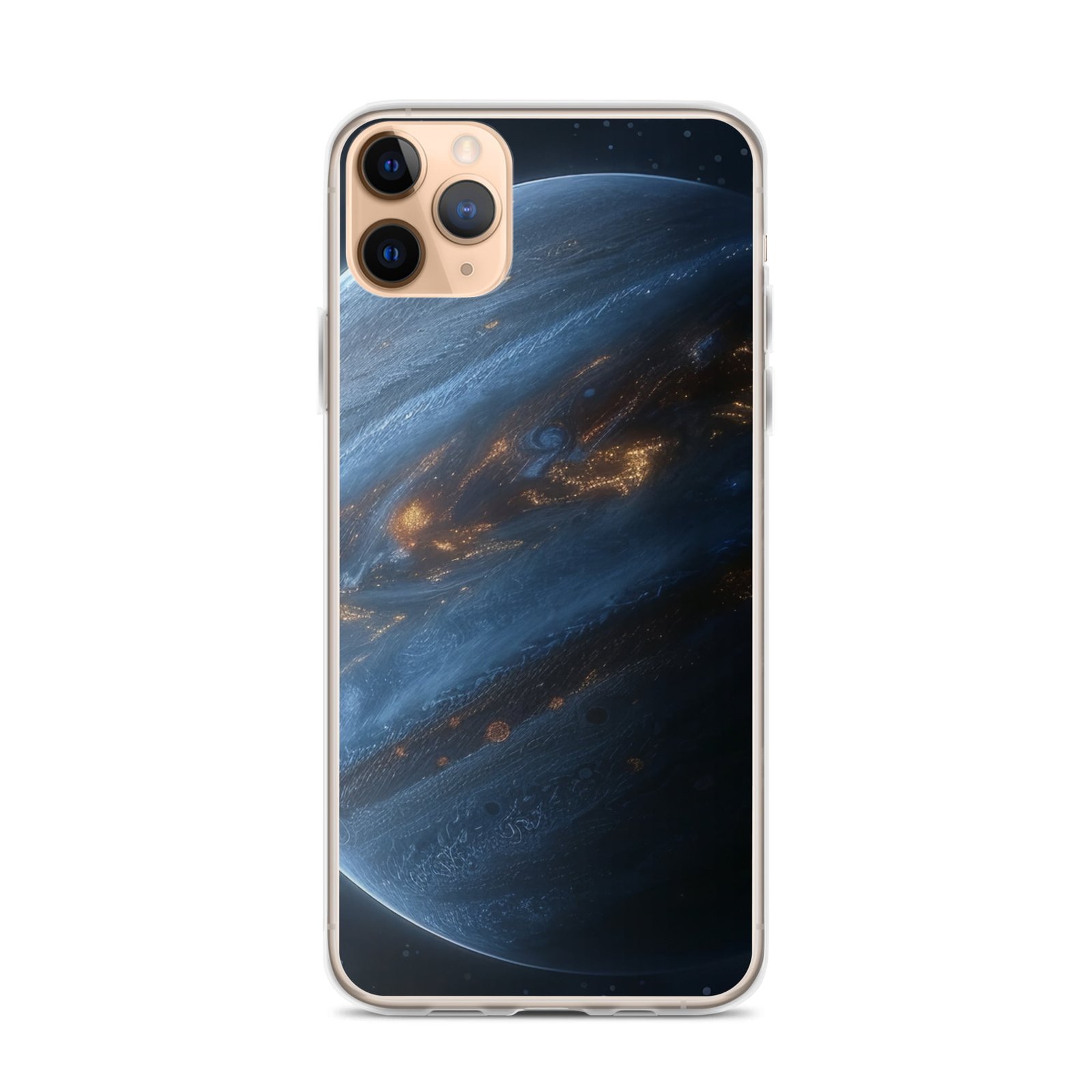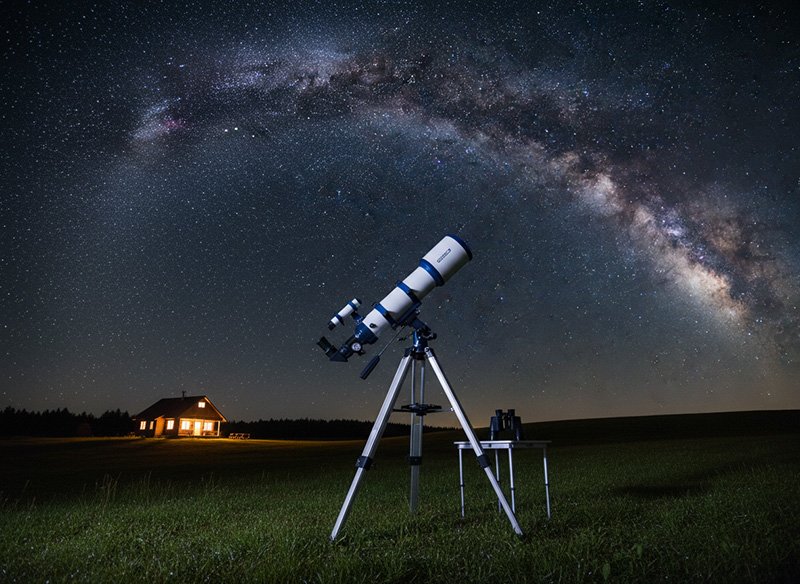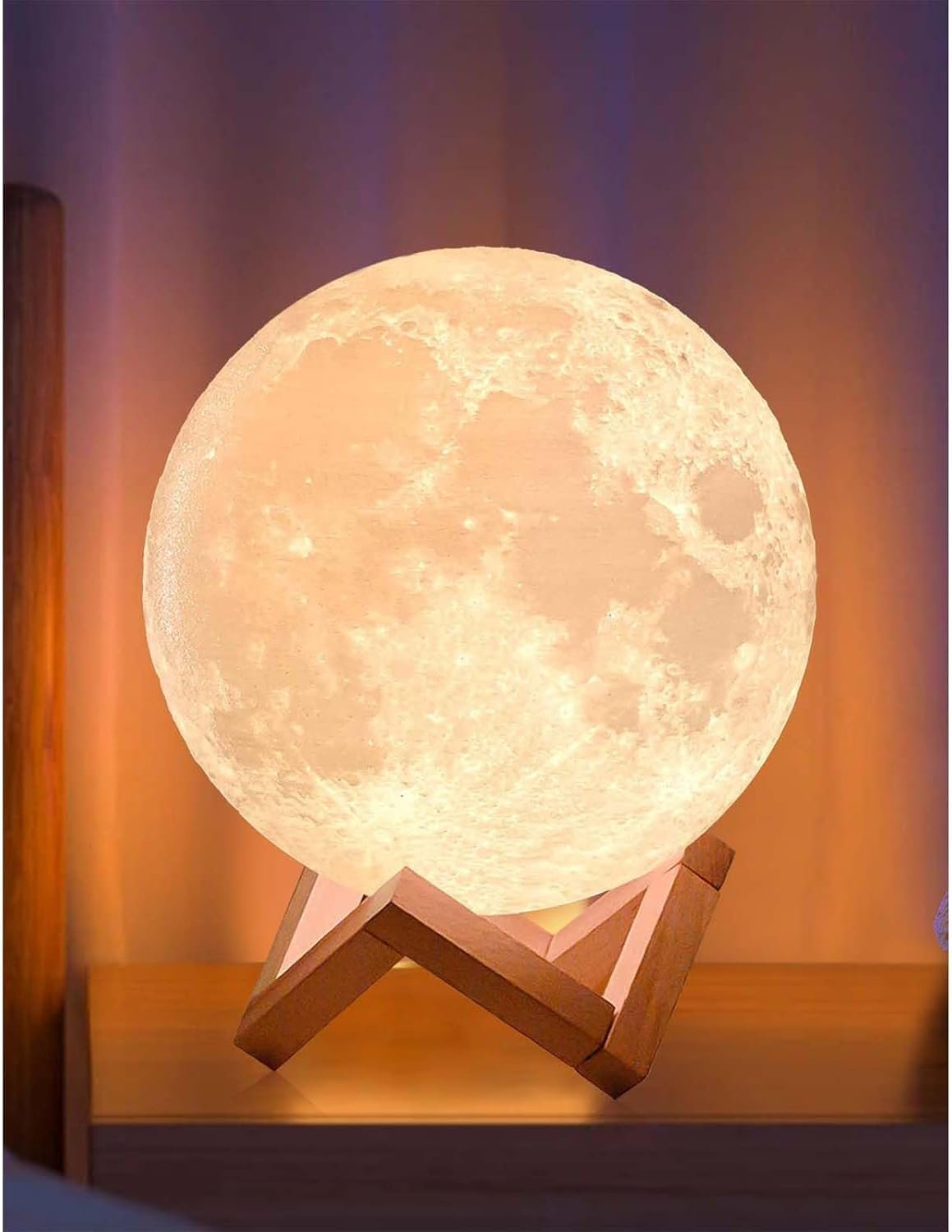Space weather refers to the environmental conditions in space as influenced by the Sun and the solar wind. These conditions can have a significant impact on technology, infrastructure, and even human health here on Earth. Space weather is driven by the Sun’s activity, including solar flares, coronal mass ejections (CMEs), and solar wind. These phenomena can cause geomagnetic storms, which in turn can disrupt satellite operations, communication systems, and power grids. Understanding and predicting space weather is crucial for protecting our technology and infrastructure from its potentially damaging effects.
Space weather is a relatively new field of study, but its importance is becoming increasingly recognized as our reliance on technology continues to grow. Scientists and researchers are working to better understand the complex interactions between the Sun and the Earth’s magnetosphere in order to improve our ability to predict and mitigate the effects of space weather. As we continue to explore and expand our presence in space, the need for accurate space weather forecasting will only become more critical.
Key Takeaways
- Space weather refers to the environmental conditions in space as influenced by solar activity and the solar wind.
- Space weather can impact Earth’s technology, communication systems, and power grids, leading to potential disruptions and damage.
- The effects of space weather on the Sun include solar flares, coronal mass ejections, and solar wind, which can impact Earth and other planets.
- Inner planets like Mercury, Venus, and Mars are influenced by space weather through changes in their atmospheres and magnetic fields.
- Outer planets like Jupiter, Saturn, Uranus, and Neptune are also affected by space weather, leading to changes in their magnetospheres and auroras.
- Space weather can impact the Moon and other celestial bodies through radiation exposure and surface charging, affecting future human exploration and colonization efforts.
- Mitigating the effects of space weather involves monitoring and forecasting space weather events, developing resilient technology, and implementing protective measures for infrastructure and space missions.
Impact of Space Weather on Earth
Space weather can have a range of impacts on Earth, from disrupting satellite communications to causing power outages. One of the most well-known effects of space weather is the disruption of GPS and communication systems. Solar flares and CMEs can release high-energy particles that interfere with satellite operations, leading to navigation errors and communication blackouts. In addition, geomagnetic storms caused by space weather can induce electric currents in power lines, potentially leading to transformer damage and widespread power outages.
Space weather can also have implications for human health, particularly for astronauts and airline crew who are exposed to higher levels of radiation at higher altitudes. Increased radiation levels during solar storms can pose a risk to these individuals, highlighting the importance of accurate space weather forecasting for space missions and aviation. Furthermore, space weather can impact the Earth‘s upper atmosphere, leading to changes in atmospheric density that can affect the orbits of satellites and space debris.
Effects of Space Weather on the Sun
While space weather is primarily driven by the Sun, it can also have effects on its source. Solar flares and CMEs are powerful eruptions of energy and particles from the Sun’s surface, and they can cause disturbances in the Sun’s magnetic field. These disturbances can lead to changes in solar activity, including sunspots and solar prominences. In addition, the solar wind, which is a continuous stream of charged particles flowing from the Sun, can be influenced by space weather events such as CMEs.
The study of space weather’s effects on the Sun is important for understanding the dynamics of our closest star and for improving our ability to predict solar activity. By monitoring the Sun’s behavior during space weather events, scientists can gain insights into the processes that drive solar eruptions and better understand how they impact the Earth and other planets in our solar system.
Influence of Space Weather on the Inner Planets
Space weather can have significant effects on the inner planets of our solar system, including Mercury, Venus, Earth, and Mars. These effects are primarily driven by the interactions between the solar wind and the planets‘ magnetospheres. For example, Mercury’s lack of a substantial atmosphere means that it is directly exposed to the solar wind, leading to surface erosion and the formation of a thin exosphere. Venus, on the other hand, has a thick atmosphere that can shield it from some of the effects of space weather, but it is still subject to changes in its ionosphere and upper atmosphere.
Earth experiences a range of space weather effects, including geomagnetic storms that can disrupt communication systems and power grids. Mars, with its thin atmosphere and weak magnetic field, is also vulnerable to space weather events such as solar flares and CMEs. Understanding how space weather impacts these inner planets is crucial for protecting future human missions to these worlds and for gaining insights into their geological and atmospheric processes.
Effects of Space Weather on the Outer Planets
The outer planets of our solar system, including Jupiter, Saturn, Uranus, and Neptune, are also subject to the influence of space weather. While these planets are much farther from the Sun than the inner planets, they are still impacted by solar activity and the solar wind. For example, Jupiter’s powerful magnetic field interacts with the solar wind to create intense radiation belts around the planet. This radiation can pose a hazard to spacecraft exploring Jupiter’s moons, such as Europa and Ganymede.
Saturn’s moon Titan is also affected by space weather, as it experiences changes in its ionosphere due to interactions with the solar wind. Uranus and Neptune, with their unique orientations and magnetic fields, are subject to their own set of space weather effects. Studying how space weather impacts these outer planets and their moons provides valuable insights into their atmospheres, magnetospheres, and potential habitability.
Space Weather’s Impact on the Moon and Other Celestial Bodies

Space weather can have significant effects on celestial bodies beyond just planets. The Moon, for example, lacks a substantial atmosphere or magnetic field to shield it from the solar wind and cosmic radiation. As a result, it experiences surface charging and erosion due to exposure to these high-energy particles. Understanding how space weather impacts the Moon is important for planning future lunar missions and for interpreting data collected by lunar exploration missions.
Other celestial bodies in our solar system, such as asteroids and comets, are also subject to space weather effects. Solar radiation can cause surface changes on these objects, including the sublimation of volatile compounds and the formation of dust tails. By studying how space weather impacts these smaller bodies, scientists can gain insights into their composition, evolution, and potential as targets for future exploration missions.
Mitigating the Effects of Space Weather
As our reliance on technology continues to grow, it becomes increasingly important to develop strategies for mitigating the effects of space weather. This includes improving our ability to forecast space weather events so that we can take proactive measures to protect our infrastructure and technology. For example, satellite operators can adjust their operations during periods of heightened space weather activity to minimize potential disruptions.
In addition to forecasting, developing more resilient technology and infrastructure is crucial for reducing the impact of space weather. This includes designing spacecraft and satellites with built-in shielding to protect against radiation and developing more robust power grid systems that can withstand geomagnetic storms. Furthermore, increasing public awareness about space weather and its potential impacts can help individuals and organizations better prepare for and respond to space weather events.
In conclusion, space weather has wide-ranging effects on Earth, the Sun, and other celestial bodies in our solar system. Understanding these effects is crucial for protecting our technology and infrastructure as we continue to explore and expand our presence in space. By studying how space weather impacts different parts of our solar system and developing strategies for mitigating its effects, we can better prepare for the challenges posed by this dynamic and complex phenomenon.
Discover more about the fascinating world of space weather and its impact on Earth and our solar system’s planets in our latest blog post, “Unraveling the Mysteries of Space Weather.” Delve into the intricate connections between solar activity, magnetic fields, and their effects on our planet and beyond. Learn how space weather phenomena such as solar flares and geomagnetic storms can influence technology, communication systems, and even human health. Stay informed and explore the wonders of the universe with The Universe Episodes.
FAQs
What is space weather?
Space weather refers to the environmental conditions in space as influenced by the Sun and the solar wind. It includes phenomena such as solar flares, geomagnetic storms, and coronal mass ejections.
How does space weather affect Earth?
Space weather can affect Earth in various ways, including disrupting satellite communications, causing power grid failures, and creating auroras in the polar regions. It can also pose radiation hazards to astronauts and airline passengers at high altitudes.
How does space weather affect our solar system’s planets?
Space weather can impact the atmospheres and magnetic fields of other planets in our solar system. For example, it can cause auroras on planets with magnetic fields, such as Jupiter and Saturn, and strip away the atmospheres of planets without strong magnetic fields, such as Mars.
Can space weather affect technology on Earth?
Yes, space weather can disrupt technology on Earth, including satellite communications, GPS systems, and power grids. This can lead to potential economic and societal impacts.
How do scientists monitor space weather?
Scientists monitor space weather using a variety of instruments, including satellites, ground-based observatories, and space-based telescopes. They also use computer models to predict and understand the effects of space weather on Earth and other planets.





